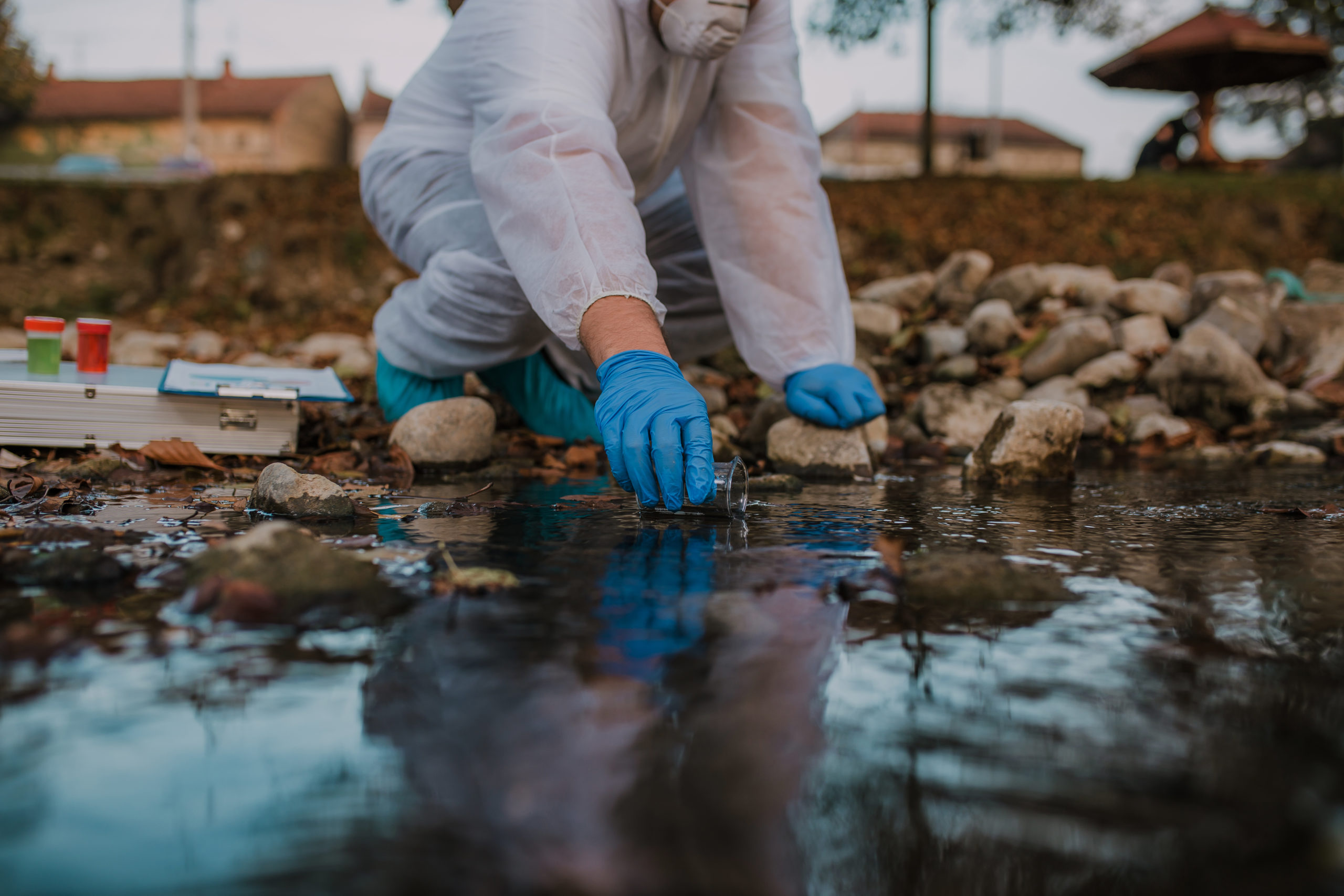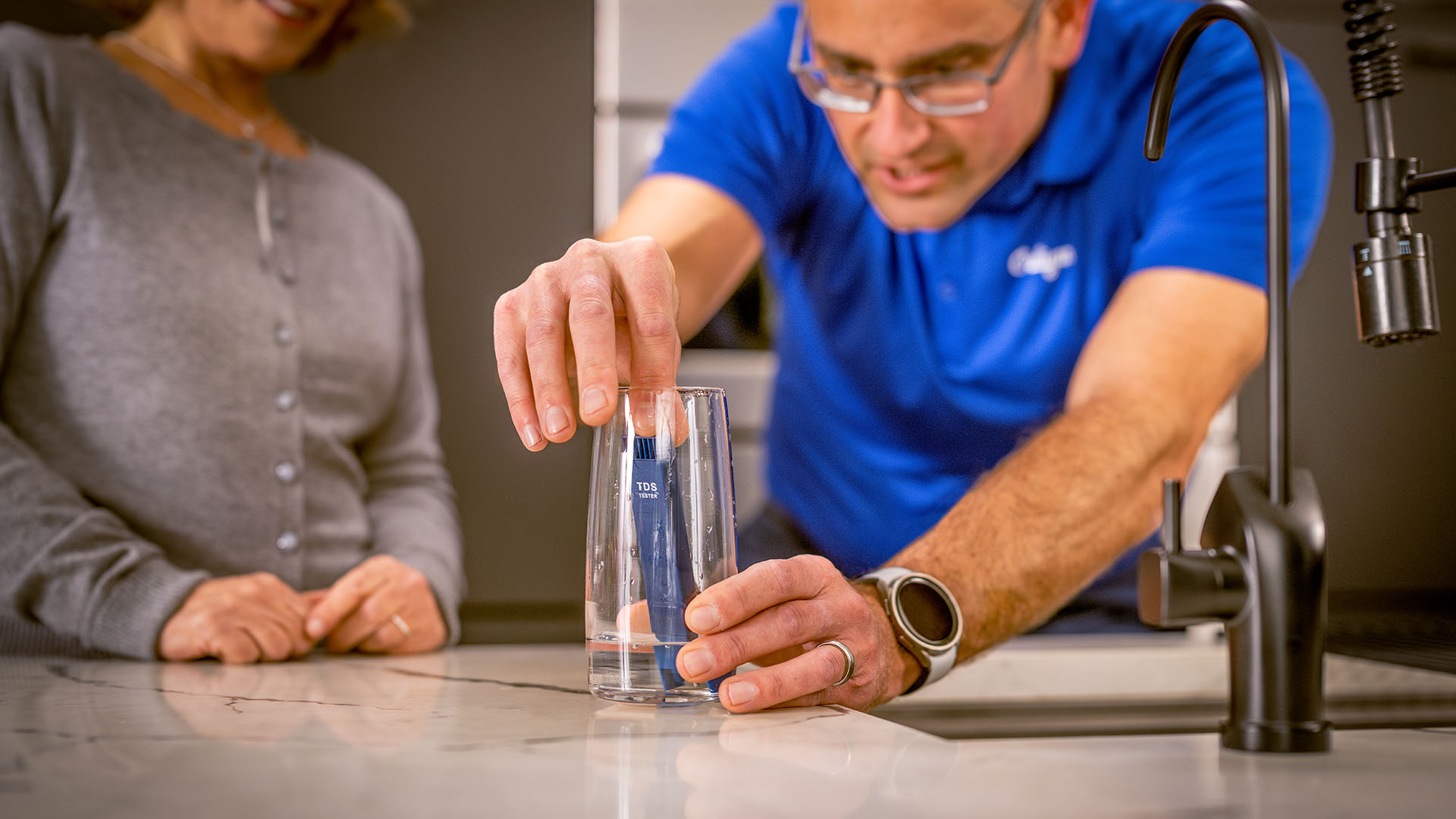Discover What Is Included in Water Examining and Just How It Ensures Safe Drinking Water
Comprehending the intricacies of water screening is critical in making sure the top quality and security of our drinking water. Via a precise exam of physical, chemical, and microbiological facets, water screening determines prospective pollutants that can present health and wellness risks.
Key Components of Water Testing
Water screening is a crucial process that includes a number of vital components to make sure the security and high quality of alcohol consumption water. One of the main elements is the analysis of physical attributes, including turbidity, color, and odor. These features can give preliminary insights into the water's problem and possible contamination sources. Additionally, making sure the pH equilibrium of water is important, as it affects the water's corrosiveness and the efficacy of disinfection procedures.
One more considerable component includes microbiological analysis, where water examples are examined for the presence of microorganisms such as germs, viruses, and protozoa. If consumed, this evaluation is important to identify organic threats that could present health and wellness risks. Chemical evaluations are performed to find not natural and organic substances, such as hefty metals, nitrates, and chemicals, that might be present in the water supply.

Finding Unsafe Pollutants
Spotting hazardous impurities in alcohol consumption water is an essential element of safeguarding public wellness. Each kind of impurity poses distinctive wellness risks, making their detection critical to guarantee the water eaten by the public is secure.
Water testing for impurities is commonly carried out by regulative companies and water utilities, using a mix of field tasting and laboratory analysis. These assessments are created to detect both naturally occurring substances and anthropogenic toxins that may have gone into the water with agricultural drainage, commercial discharge, or aging facilities. Routine tracking is crucial, as contamination levels can rise and fall as a result of ecological modifications, seasonal variations, or human activities.
The identification of hazardous contaminants informs essential activities, such as water therapy interventions or public advisories, to alleviate threats. Early discovery is important to stop adverse wellness results, ranging from stomach diseases to long-term conditions like cancer, thus making sure the continued safety and security of drinking water.

Chemical Analysis Strategies
In the world of making sure secure drinking water, chemical analysis methods play an essential duty in identifying and evaluating impurities. These approaches are important for finding a vast array of chemical substances, including heavy metals, pesticides, and commercial contaminants, which can posture substantial wellness risks.
Gas chromatography-mass spectrometry (GC-MS) is another important strategy, specifically for natural substances. It divides complex mixes and recognizes semi-volatile and unpredictable natural substances, making certain that toxins like benzene and toluene are within secure limits. High-performance liquid chromatography (HPLC) is likewise utilized for non-volatile substances, including particular chemicals and drugs.
Ion chromatography is utilized to determine focus of anions and cations, such as nitrates and sulfates, which are pivotal in assessing water quality. These chemical evaluation strategies jointly make sure that alcohol consumption water continues to be risk-free by finding variances from established pureness standards, thus safeguarding public health. Ensuring accuracy and accuracy in these tests is paramount to maintaining the honesty of water security assessments.
Microbiological Testing Techniques
Accurate microbiological screening is crucial for safeguarding public wellness by making sure that drinking water is without damaging pathogens. This procedure entails discovering and mentioning microorganisms such as microorganisms, viruses, and protozoa that might contaminate water products. Common pathogens include Escherichia coli, Giardia, and Cryptosporidium, each posturing considerable health dangers.
Numerous methods are used in microbiological screening to identify these dangers. The membrane filtering strategy is frequently utilized, entailing water travelling through a filter that catches microorganisms, which are then cultured to identify their visibility and concentration. Additionally, the multiple-tube fermentation approach allows the metrology of coliform bacteria utilizing a collection of dilution and incubation actions.
Improvements in technology have introduced molecular methods such as polymerase domino effect (PCR), which permits the rapid and extremely certain detection of microorganisms by amplifying their genetic material. Enzyme-linked immunosorbent assays (ELISA) likewise use an approach to detect pathogens by determining details healthy proteins or antigens.
These differed methods are important for thorough water high quality analysis, guaranteeing that water treatment processes are efficient and that distribution systems maintain safety. By using these microbiological screening approaches, possible carcinogen can be recognized and minimized promptly.

Importance for Public Health
Ensuring the microbiological safety and security of alcohol consumption water directly impacts public wellness by stopping the spread of waterborne illness. Pathogens such as germs, viruses, and protozoa can bring about health problems like cholera, dysentery, and intestinal infections (Water Testing Service). The execution of detailed water screening protocols is extremely important in determining and reducing these threats, therefore safeguarding neighborhoods from possible break outs
Regular water screening not just finds microbial contaminants yet also assesses chemical and physical parameters that his explanation might affect health and wellness. As an example, extreme degrees of nitrates or heavy steels such as lead can present major wellness risks, specifically to susceptible populaces like infants and expectant females. By determining these threats early, water testing allows timely treatments, ensuring the supply of water continues to be within safe consumption requirements.
In addition, water testing plays a crucial duty in maintaining public confidence in local water supply. It gives transparency and accountability, guaranteeing the public that their wellness is a concern. For plan makers and health and wellness authorities, the data stemmed from water testing informs decisions on infrastructure investments and public health and wellness methods, ensuring resources are guided where they are most required. By doing this, water screening is crucial in advertising a much healthier, safer society.
Verdict
Water testing serves as an important mechanism for ensuring the safety and security and top quality of drinking water through comprehensive assessment of its physical, chemical, and microbiological residential or commercial properties. By spotting harmful impurities, such as hefty metals and chemicals, and using sophisticated methods like chromatography and spectrometry, water testing promotes the identification of potential wellness dangers. The implementation of extensive screening procedures is vital for keeping compliance with safety and security requirements, ultimately securing public health and reinforcing self-confidence in community water supply.

By determining these dangers early, water screening enables prompt interventions, guaranteeing the water supply stays within risk-free intake criteria.
Water testing offers as an important system for ensuring the safety and quality of drinking water through extensive examination of its physical, chemical, and microbiological properties.
Comments on “Expert Well Water Testing Services: Obtain Accurate Results Rapid”